当前位置:网站首页>轻量级网络整理及其在Yolov5上的实现
轻量级网络整理及其在Yolov5上的实现
2022-08-04 00:11:00 【weixin_50862344】
我的学习路线依旧是
以及一些比较新的轻量级网络
华为唯一真神涵盖了大量backbone
1.PP-LCNet
整体block架构:
NET_CONFIG = {
"blocks2":
# k, in_c, out_c, s, use_se
[[3, 16, 32, 1, False]],
"blocks3": [[3, 32, 64, 2, False], [3, 64, 64, 1, False]],
"blocks4": [[3, 64, 128, 2, False], [3, 128, 128, 1, False]],
"blocks5": [[3, 128, 256, 2, False], [5, 256, 256, 1, False],
[5, 256, 256, 1, False], [5, 256, 256, 1, False],
[5, 256, 256, 1, False], [5, 256, 256, 1, False]],
"blocks6": [[5, 256, 512, 2, True], [5, 512, 512, 1, True]]
}
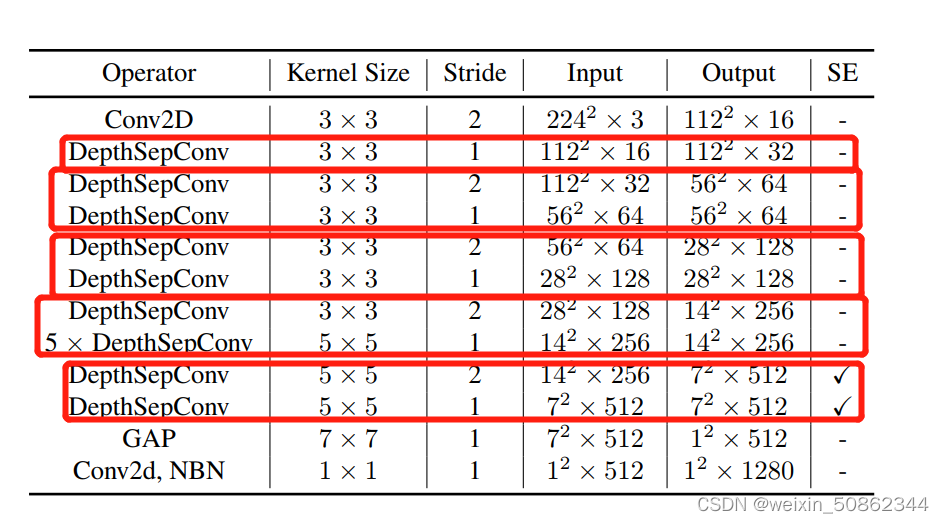
block的对应关系如上图红圈,其他代码都挺规整的
我也在我自己的数据集上进行了MobileNetv3+yolov5,PP-LCNet+yolov5,效果确实会好一点!
2.MobileNet(v2)
MobileNet(v2),MobileNet(v3)的代码看这里!!!博主也得很好我就不细写了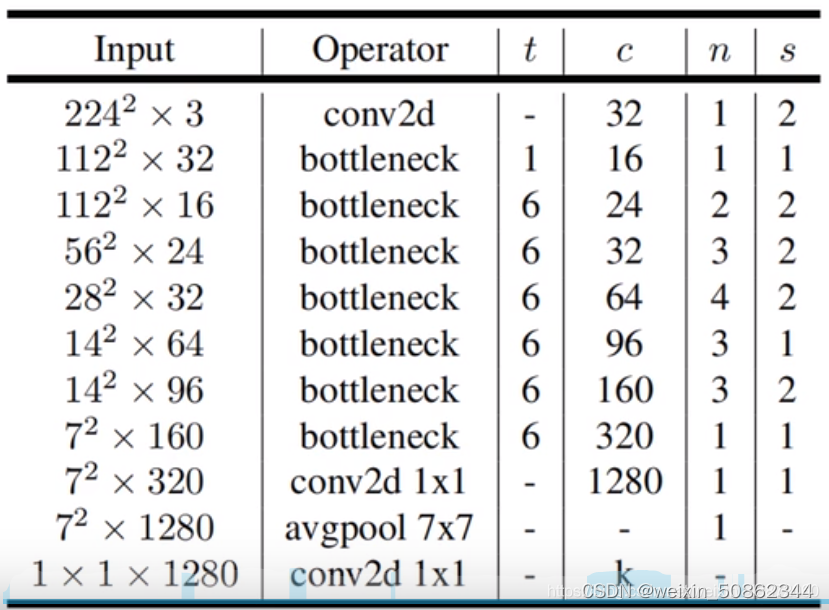
1.代码理解疑难点
1)在每个bottleneck(由一个或者多个倒残差结构组成)结构中规定的s指的是第1层倒残差结构的步距
stride = s if i == 0 else 1
# s只规定block中第1层倒残差结构的步距,其它层的步距都为1
2)初始化
# weight initialization,初始化权重
for m in self.modules():
if isinstance(m, nn.Conv2d):
# 如果是卷积层,对权重进行凯明初始化
nn.init.kaiming_normal_(m.weight, mode='fan_out')
if m.bias is not None:
# 如果有bias,将偏置设置为0
nn.init.zeros_(m.bias)
elif isinstance(m, nn.BatchNorm2d):
# 如果子模块是BN层
nn.init.ones_(m.weight) # 将方差设置为1
nn.init.zeros_(m.bias) # 将均值设置为0
elif isinstance(m, nn.Linear): # 如果子模块是全连接层
# normal为正态分布函数,将权重调整为均值为0,方差为0.01的正态分布
nn.init.normal_(m.weight, 0, 0.01)
nn.init.zeros_(m.bias) # 将偏置设置为0
MobileNet(v3)
MobileNet(v2),MobileNet(v3)的代码看这里!!!博主也得很好我就不细写了
bneck_conf = partial(InvertedResidualConfig, width_multi=width_multi) # 给InvertedResidualConfig传入默认超参数α=1
functools.partial(func[,*args][, **kwargs])接受一个函数作为参数,后面可传入参数供传入函数调用
self.use_res_connect = (cnf.stride == 1 and cnf.input_c == cnf.out_c)
不管是v2还是v3使用shortcut的条件都相同!!!
①步长为1
②input/output channel相同
layers.append(ConvBNActivation(cnf.expanded_c, # 无论是否使用SE模块,最后一层卷积的input_c都等于DW卷积后的output_c
cnf.out_c, # 输出特征矩阵的channel为配置文件中给定的#out
kernel_size=1,
norm_layer=norm_layer,
activation_layer=nn.Identity))
# 最后1层卷积的激活函数为线性激活,即没有做任何处理
nn.Identity:不区分参数的占位符标识运算符。
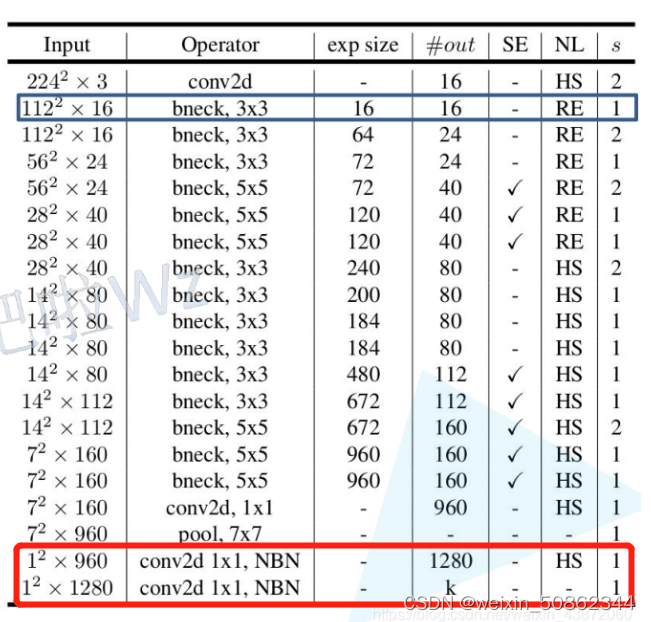
对于最后的分类器的代码:
self.classifier = nn.Sequential(nn.Linear(lastconv_output_c, last_channel),
# 输入c等于上面计算所得,输出last_channel为初始化中传入参数
nn.Hardswish(inplace=True), # 使用HS激活函数
nn.Dropout(p=0.2, inplace=True),
nn.Linear(last_channel, num_classes)) # 输入节点个数为上1个FC层输出的节点个数,输出节点个数为分类类别个数
图片中看上去是conv操作为什么代码用的是Linear?
其实很简单:在pooling操作之后,可以理解成将通道转化成(11通道数)的特征图像,使用1*1的卷积实际就是对其进行映射
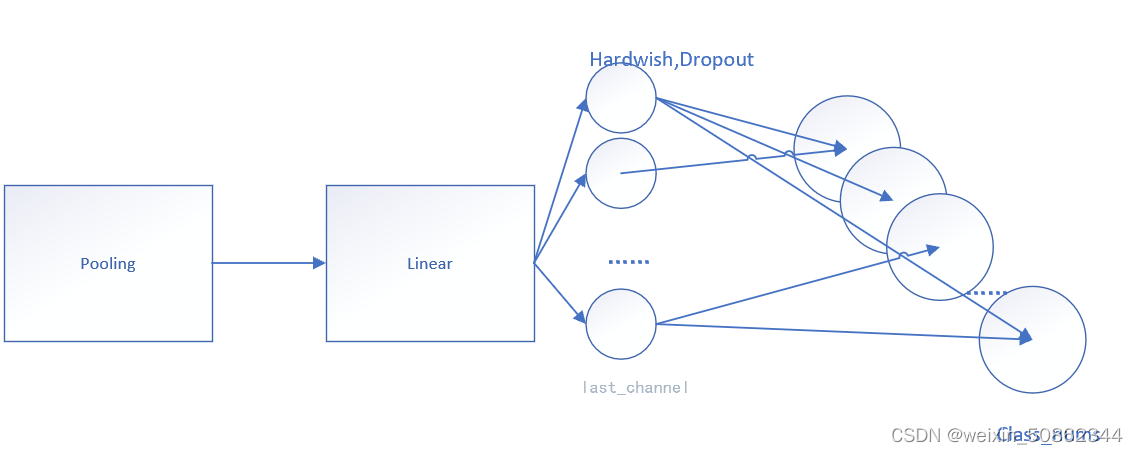
花了一个不太正式的图大概长这样
GhostNet
作者遵循MobileNetV3的基本体系结构的优势,然后使用Ghost bottleneck替换MobileNetV3中的bottleneck
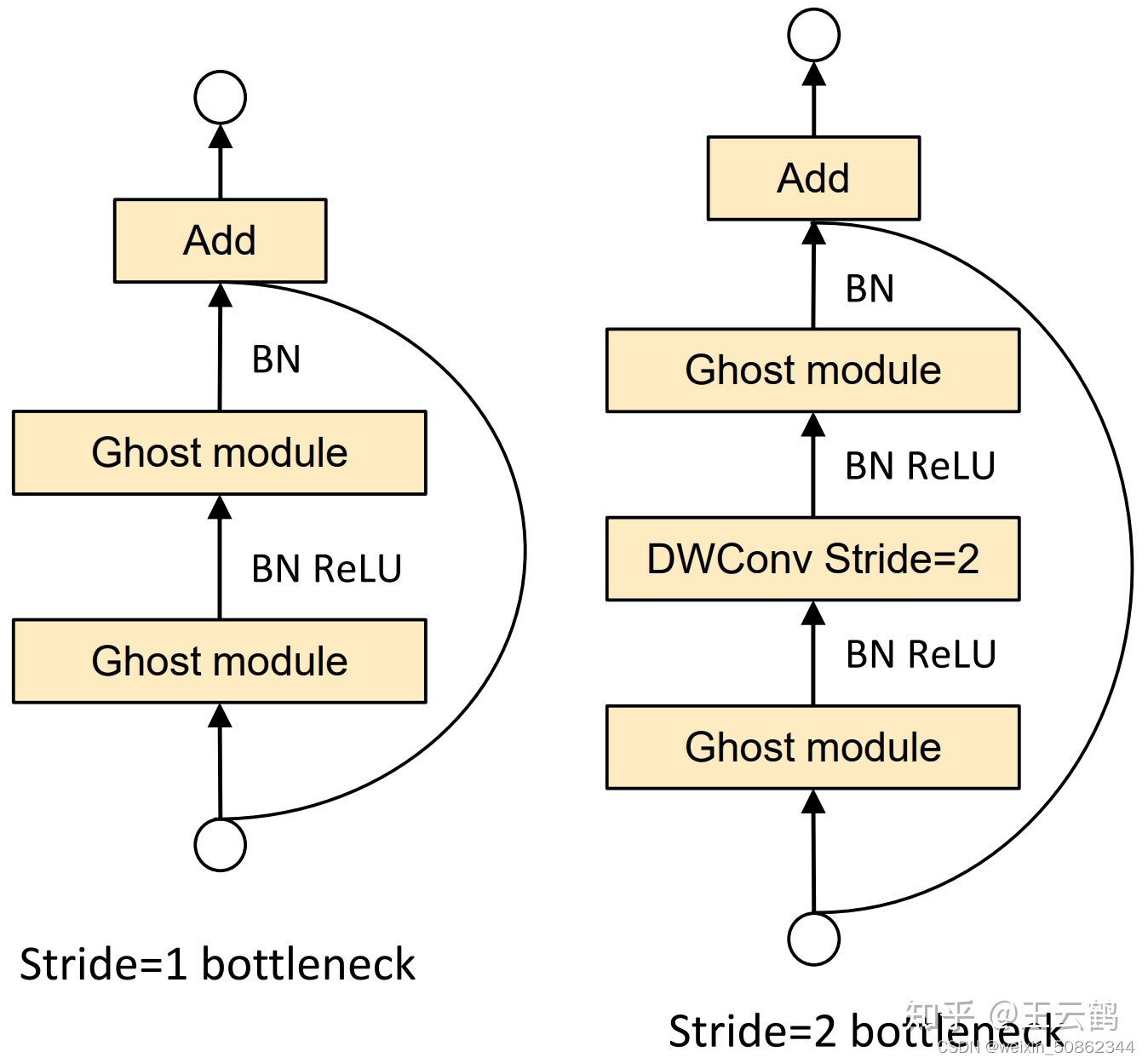
作为整个架构中使用最多的模块GhostModule代码如下:
class GhostModule(nn.Module):
def __init__(self, inp, oup, kernel_size=1, ratio=2, dw_size=3, stride=1, relu=True):
super(GhostModule, self).__init__()
self.oup = oup
init_channels = math.ceil(oup / ratio)
new_channels = init_channels*(ratio-1)
self.primary_conv = nn.Sequential(
nn.Conv2d(inp, init_channels, kernel_size, stride, kernel_size//2, bias=False),
nn.BatchNorm2d(init_channels),
nn.ReLU(inplace=True) if relu else nn.Sequential(),
)
self.cheap_operation = nn.Sequential(
nn.Conv2d(init_channels, new_channels, dw_size, 1, dw_size//2, groups=init_channels, bias=False),
nn.BatchNorm2d(new_channels),
nn.ReLU(inplace=True) if relu else nn.Sequential(),
)
def forward(self, x):
x1 = self.primary_conv(x)
x2 = self.cheap_operation(x1)
out = torch.cat([x1,x2], dim=1)
return out[:,:self.oup,:,:]#只返回需要的通道数
cheap_operation为什么使用过conv来实现的?
G-Ghost RegNet 新升级的Ghost
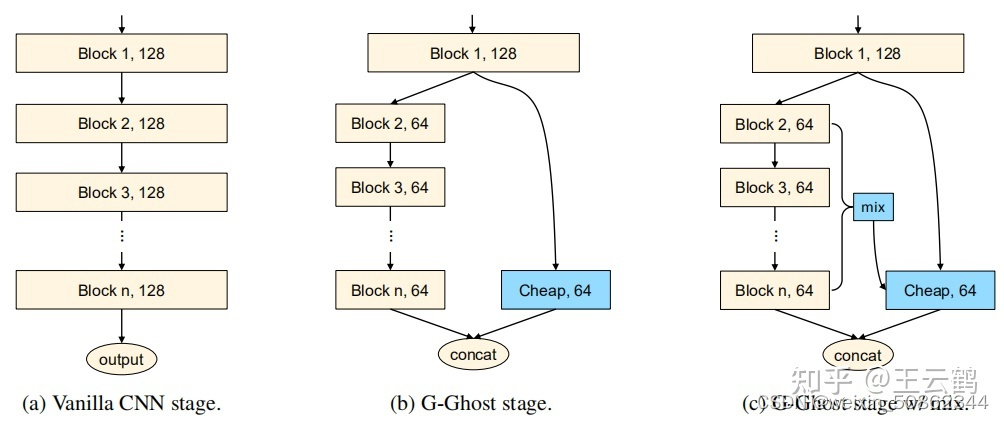
边栏推荐
猜你喜欢

OpenCV 图像拼接

RSS feeds WeChat public - feed43 asain
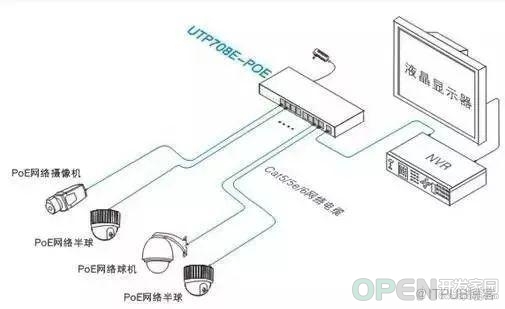
POE交换机全方位解读(下)

The Beijing E-sports Metaverse Forum was successfully held

The super perfect layout has shortcut keys and background replacement

免费的公共WiFi不要乱连,遭中间人攻击了吧?

【超详细教程】LVS+KeepAlived高可用部署实战应用
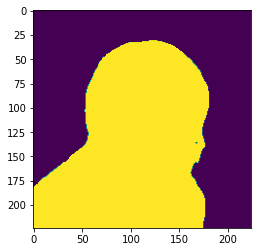
关于mnn模型输出的数据杂乱无章问题
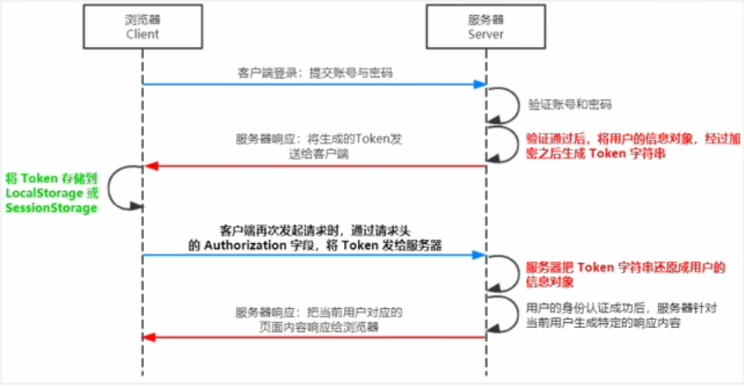
Node.js的基本使用(三)数据库与身份认证

【面经】被虐了之后,我翻烂了equals源码,总结如下
随机推荐
The Beijing E-sports Metaverse Forum was successfully held
初始 List 接口
POE交换机全方位解读(上)
FastDFS 一文读懂
【每日一题】899. 有序队列
【OpenCV图像处理】 图像拼接技术
iframe通信
越来越火的图数据库到底能做什么?
LeetCode 19:删除链表的倒数第 N 个结点
建木DevOps流程的快速运用
【性能优化】MySQL性能优化之存储引擎调优
View the version number of CUDA, pytorch, etc.
internship:编写excel表的上传方法(导入)
Pytest学习-skip/skipif
A simple understanding of TCP, learn how to shake hands, wave hands and various states
通过whl安装第三方包
C语言实验十五 文件
跨域问题解决方式 代理服务器
Super perfect version of the layout have shortcut, background replacement (solve the problem of opencv Chinese path)
LeetCode 0155. 最小栈